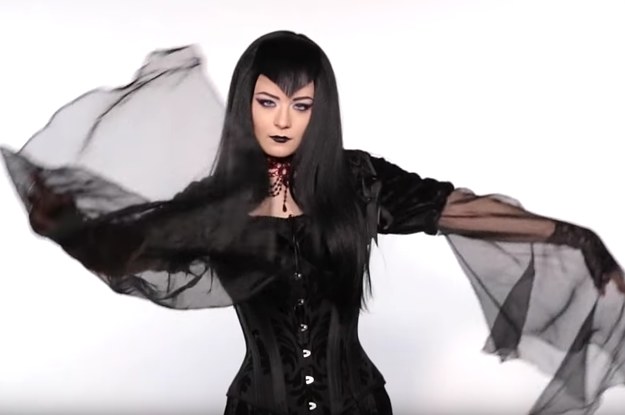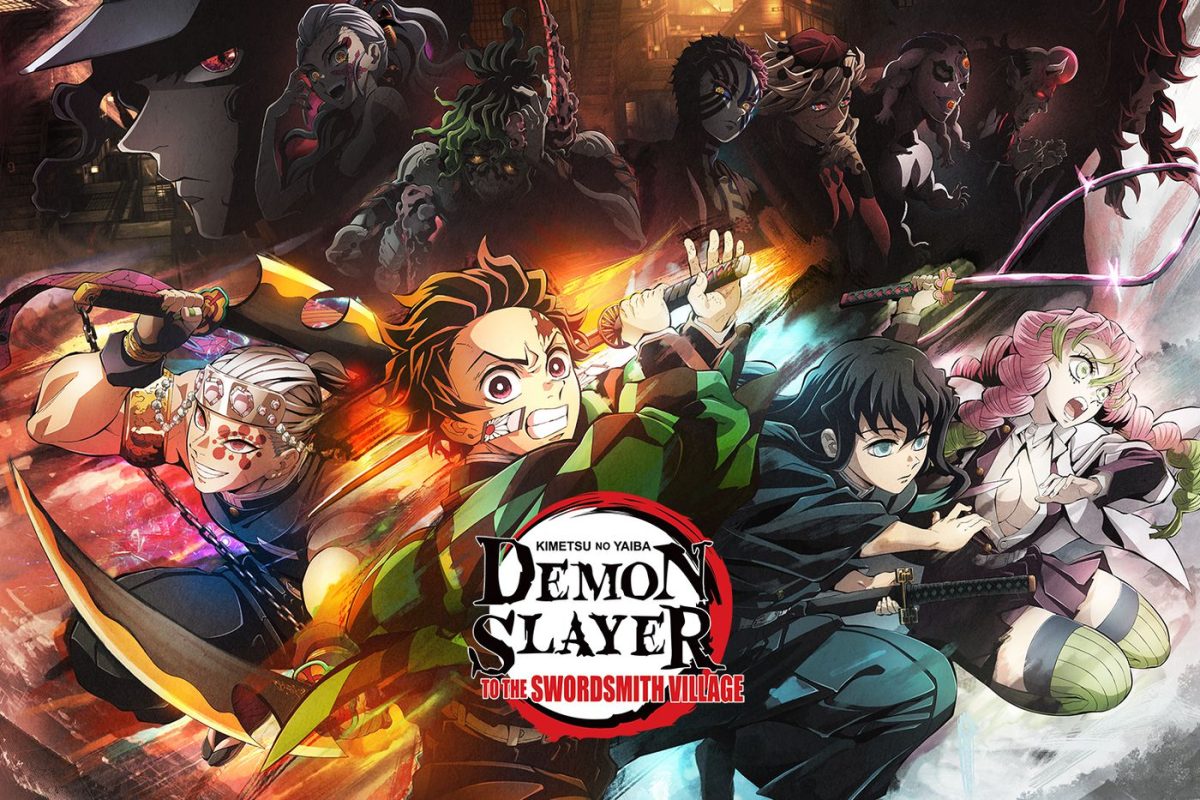Black clothes, pale skin, hard music. These things often intimidate many people, sometimes even scare them. The Gothic subculture in our country is often seen as satanic and unsympathetic, but is this how they really are? Most people are intimidated when it comes to Goths because of how intense their style is and the supernatural elements they are reminded of. These things are validated with the amount of black worn and resemblance to a vampire that can be achieved; however, these distinctions of Gothic subculture have been overplayed by society to the point where anyone participating in this subculture is seen either as an outsider or simply as a phase that nobody can really be fully invested in.
An offshoot of the post punk-rock scene, Gothic culture came about in the 1980’s in England, based on a newly created genre of music. Examples of this genre would be the bands Siouxsie, the Banshees, and Bauhaus. Goths are usually identified by the large amount of black on their person (whether it be their hair, clothes, makeup, or nails) and pale skin. During the 1990’s more metal accessories were normalized among the normal Goth attire, so that can also be seen as Goth, or at least “alternative.”
Although the style of music is darker than what is considered normal, this doesn’t mean that anyone who listens to them are depressed or satanists. In fact, most Goth people are quite happy. Some studies, such as one conducted by Australian based University of Queensland, show that teenagers who listened to Gothic music were more likely to work through their feelings, be happier, and have less of a chance of acquiring a mental illness. They were calmer as youths, helping teenagers process through their anger in a healthy way.
The subculture of Goth is broken up even further, having specific types of Goth that range anywhere from pastel to cyber to death-metal. Each type has a specific subdivision of music and style that fits in with the Goth stereotype, while making it their own.
One common thing between the stereotype and actuality of the Gothic subculture is the importance of death. The interest in death is common in all humans, no matter how subtle. Difference between what is considered normal society and the way Goths live is that Goths feel like they’re allowed to investigate more into death. In the Gothic subculture, there’s an acceptance of mortality, which creates a more informal feel when discussing death. A fixation on death can be unhealthy; however, as a young adult it is common to want to understand your own mortality and can be dealt with in a very healthy way through many different ways, this being just one. Like all things, moderation is key.
Although most people in the Gothic subculture are on the younger end of the age spectrum, that’s not always the case. While experimenting with who you are as a teenager and wanting to rebel does drive some to become a Goth for a short period of time, some people never stop. Some people find themselves in this subculture, as well as acceptance for themselves and others.
Although they can seem scary, Goths are just an off-branch of society. Their aspects might make them seem satanic and intimidating, but they’ve just been oversimplified by the media. Don’t be afraid of these people, they just want to live in their own way, a way that doesn’t harm anyone.








